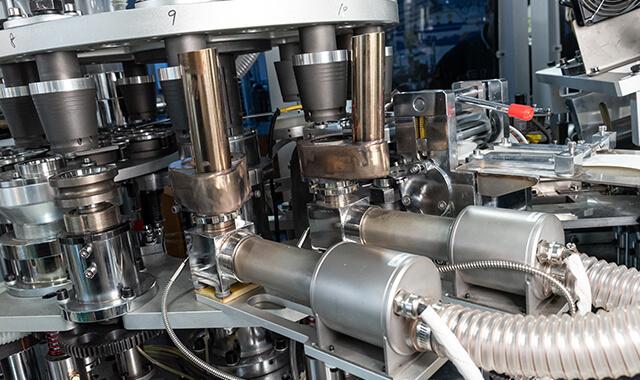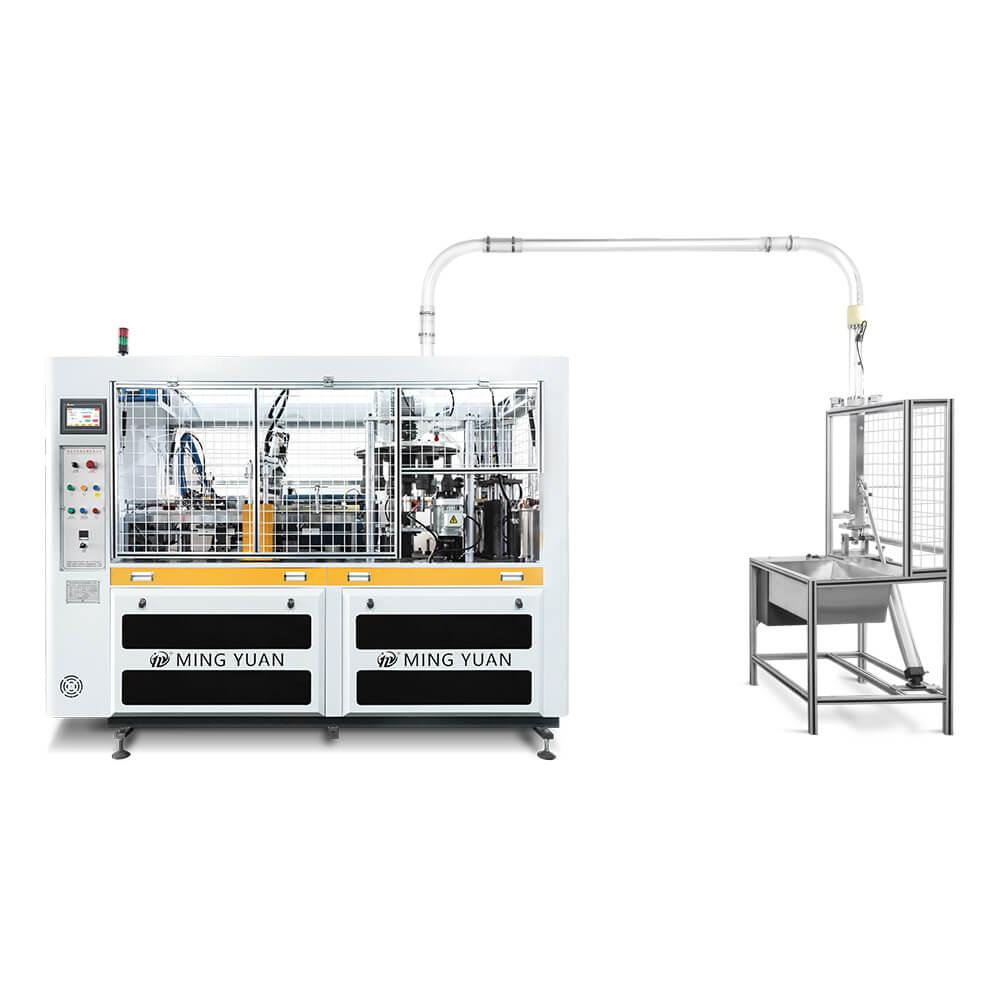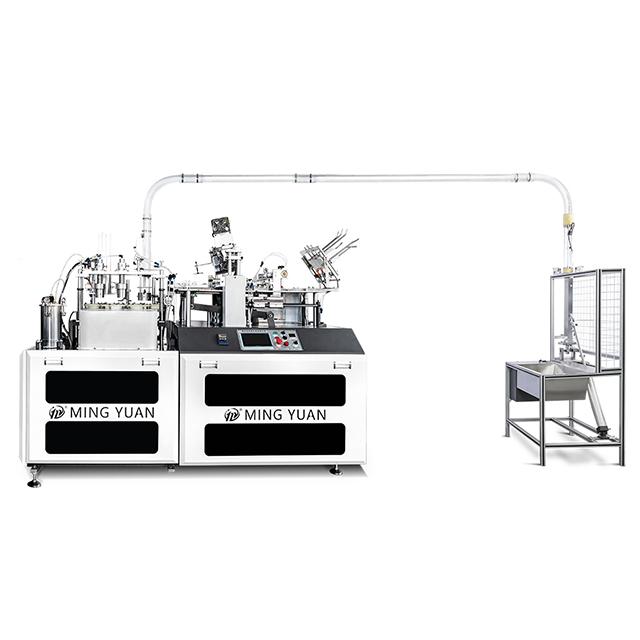```html
Automatic paper cup machines are essential equipment in the production of disposable paper cups for various beverages. These machines are designed with specific key structures and functions to ensure efficient and high-quality production. Understanding the key structure and functions of automatic paper cup machines is crucial for manufacturers and operators to optimize their performance and output.
1. Paper Feeding System
The paper feeding system is a critical component of automatic paper cup machines, responsible for supplying the raw material for cup production. It consists of a reel stand, which holds the paper roll, and a feeding mechanism that pulls the paper and feeds it into the machine for further processing. This system must ensure smooth and accurate paper feeding to maintain continuous production without interruptions.
2. Heating and Sealing Mechanism
The heating and sealing mechanism is pivotal in the formation of paper cups from the raw material. This process involves heating the paper to make it pliable and then sealing it to create the cup's shape. The precision and control of the heating and sealing parameters are crucial for producing durable and leak-proof paper cups that meet quality standards.
3. Molding and Forming Unit
Once the paper is heated and sealed, the molding and forming unit shapes it into the desired cup structure. This unit utilizes molds and forming tools to give the paper its final cup shape, ensuring uniformity and consistency in cup dimensions. The efficiency and accuracy of this process directly impact the overall quality of the paper cups produced.
4. Bottom Knurling and Sealing
The bottom knurling and sealing process is responsible for creating the base of the paper cups, providing stability and leak resistance. This step involves precise knurling of the cup's bottom edge and sealing it securely to prevent any liquid seepage. A robust bottom knurling and sealing mechanism is essential for enhancing the structural integrity of the paper cups.
5. Cup Ejection System
After the paper cups are formed and sealed, the cup ejection system releases them from the machine for collection and further processing. This system must ensure smooth and efficient ejection of the cups without causing any damage or deformation. Proper synchronization with the production process is vital to maintain continuous operation.
6. Quality Inspection and Control
Quality inspection and control mechanisms are integrated into automatic paper cup machines to monitor the production process and detect any defects or irregularities in the cups. These systems employ sensors and cameras to inspect the cups for issues such as leaks, improper sealing, or dimensional variations. Ensuring stringent quality control is essential to deliver flawless paper cups to consumers.
7. Automation and Control Panel
Automatic paper cup machines feature advanced automation and control panels that oversee the entire production process. These panels allow operators to set parameters, monitor machine performance, and make adjustments as needed. The integration of automated controls enhances productivity, reduces manual intervention, and ensures consistent output quality.
8. Maintenance and Safety Features
Maintenance and safety features are integral aspects of automatic paper cup machines to ensure operational reliability and operator safety. These include access guards, emergency stop mechanisms, and maintenance alerts to prevent accidents and downtime. Regular maintenance and adherence to safety protocols are essential for prolonging the machine's lifespan and preventing untoward incidents.
In conclusion, automatic paper cup machines encompass a range of key structures and functions that collectively contribute to the efficient and high-quality production of disposable paper cups. Manufacturers and operators must comprehend these components and their roles to maximize the performance and output of the machines, meeting the growing demand for eco-friendly and convenient beverage containers.
```
















 Tel: +86-19057361870 / +86 577 65567060
Tel: +86-19057361870 / +86 577 65567060  Email: george@paper-cupmakingmachine.com
Email: george@paper-cupmakingmachine.com MP/WhatsApp: +86-19057361870
MP/WhatsApp: +86-19057361870 Manufacturer Address:No.1588, Huaming Road, Feiyun Street,Ruian City Zhejiang Province -325200 China
Manufacturer Address:No.1588, Huaming Road, Feiyun Street,Ruian City Zhejiang Province -325200 China




